When we talk about the American dream, it rarely includes sipping lead-laced tap water or bathing in chemical residue. Yet for millions across the country, contaminated drinking water is a grim reality woven into everyday life—hidden behind bureaucratic red tape and aging infrastructure. This isn’t just a Flint problem; it’s a national crisis with local ZIP codes. The cities on this list are a wake-up call: the water is not always fine.
1. Flint, Michigan

Flint is the poster child of water disasters—and for good reason. The city’s 2014 switch from Detroit’s water system to the Flint River unleashed a lead crisis that would define a generation. Residents were left bathing in and drinking toxic water, while officials slow-walked solutions and sidestepped blame. Years later, trust is still broken, pipes are still being replaced, and the trauma lingers.
According to Blavity, despite criminal charges and endless headlines, meaningful reparations have been slow and insufficient. Bottled water became a lifestyle, not a temporary fix. Generational health impacts, especially in children, have sparked a wave of advocacy but little policy change. Flint became a symbol—but also a warning.
2. Jackson, Mississippi
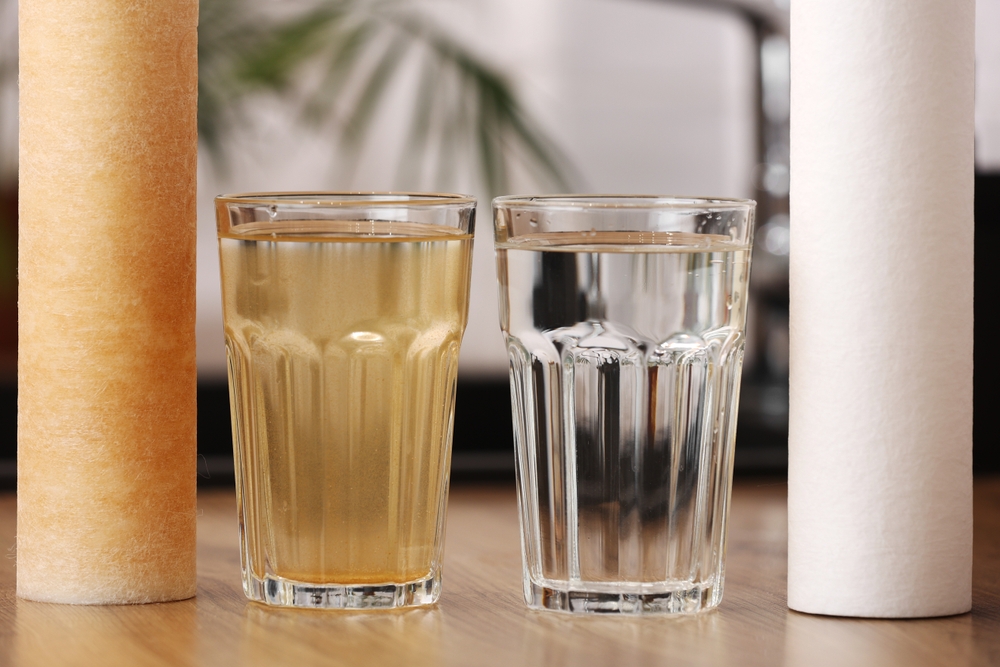
In Jackson, running water isn’t a guarantee, and when it runs, it’s not always safe. The city’s aging system collapses under extreme weather and chronic underfunding, often leaving residents without water for days. When taps do work, boil advisories are practically routine. Brown water and sediment are more familiar than they should be in a U.S. capital city.
According to the Center for Constitutional Rights, residents have sounded alarms for years, but state and federal support has been sluggish. Racial and economic divides play heavily into the response—or lack thereof. Jackson’s water crisis isn’t just about infrastructure; it’s about environmental justice. A basic human right is being denied in plain sight1.
3. Pittsburgh, Pennsylvania
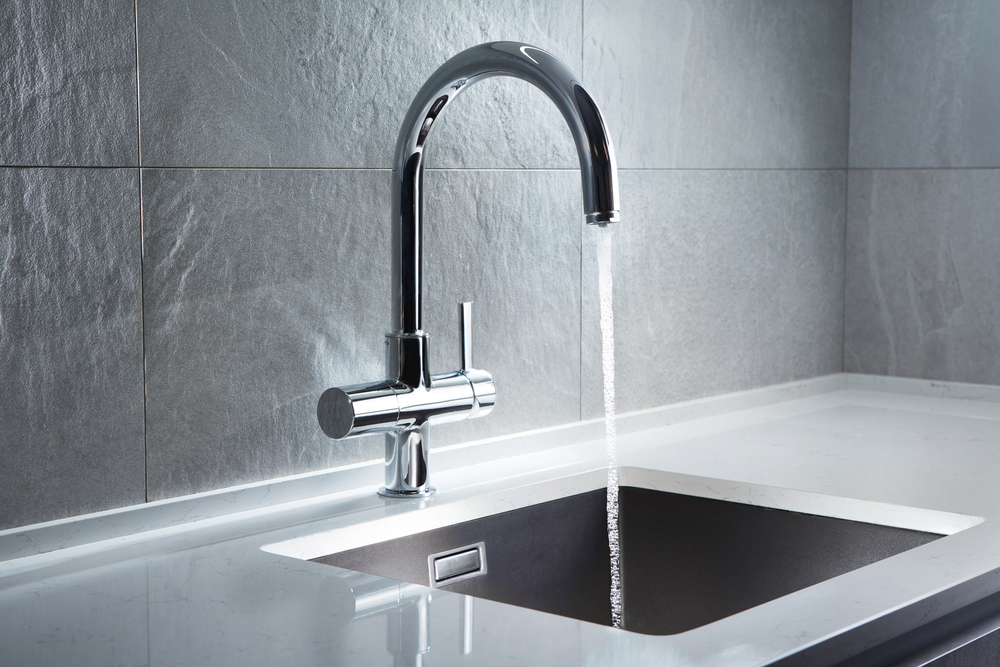
Pittsburgh might charm you with its bridges and skyline, but what flows through its pipes is far less inviting. Lead levels in some areas have surpassed federal limits, drawing comparisons to—you guessed it—Flint. The city’s water authority has been called out for not notifying residents fast enough, leading to a crisis of transparency as well as contamination. And don’t even get started on the aging infrastructure.
According to Public News Service, Pennsylvania is working to eliminate lead pipes under new federal rules, with Pittsburgh prioritizing replacements in neighborhoods most at risk for lead contamination. The city has launched a lead line replacement program, but it’s a race against time. Low-income neighborhoods are disproportionately affected, as is often the case. For a place that prides itself on its rebirth, this is a stain on the narrative. In 2025, clean water shouldn’t be aspirational.
4. Newark, New Jersey

Newark’s water woes flew under the radar until the lead levels became undeniable. A 2016 crisis revealed thousands of homes with dangerously high contamination, many without residents even knowing. The issue stemmed from corrosion control failures in old service lines, many of which still snake beneath the city. The city’s trust was tested, and the community demanded answers.
According to Chemical & Engineering News, Newark is the latest chapter in the U.S. urban lead crisis, with water chemistry failures causing lead to leach from aging pipes into homes and schools. The city began distributing bottled water and filters to thousands of households and worked to adjust water treatment to prevent further corrosion. While a major pipe replacement campaign was eventually launched, the initial delay and mishandling reflect a pattern seen in many cities: silence until outrage. It shouldn’t take a public reckoning to prioritize public health.
5. San Diego, California

San Diego markets itself as a sunny paradise, but what’s in the tap might make you flinch. While the city doesn’t struggle with lead like others, it’s no stranger to carcinogenic chemicals and agricultural runoff. Nitrate contamination from surrounding farms has threatened groundwater sources, especially in rural and underserved communities nearby. It’s a cocktail no one ordered.
According to San Diego Coastkeeper, recent water quality monitoring in Mission Bay revealed persistently high levels of bacteria, copper, and phosphorus, often exceeding state standards for safe recreation and public health. Aging stormwater and leaking wastewater infrastructure are major contributors to these problems, highlighting the urgent need for investment in repairs and pollution control. While the city has implemented some purification programs, many residents remain skeptical about tap water safety and rely on bottled alternatives. The disparity is clear: wealthier neighborhoods fare better, while others live with uncertainty in every glass.
6. Baltimore, Maryland

Baltimore’s drinking water has a long-standing reputation for being questionable at best. The city’s water system, over a century old, often produces discolored and foul-smelling water. In 2022, E. coli was detected in the supply—triggering panic and bottled water shortages. Contaminants like lead and bacteria routinely flirt with federal limits.
The system is not just outdated; it’s neglected. Infrastructure investments have been slow, and maintenance often reactive. Marginalized communities shoulder the worst of it, once again. The water crisis here is less about a single event and more about sustained decay.
7. Fresno, California

Fresno sits in California’s agricultural heartland—and that’s part of the problem. Nitrate pollution from fertilizers and manure has seeped into the groundwater, posing major health risks, especially to infants and pregnant women. In some areas, the levels are so high the water is undrinkable. And like many places on this list, the poorest residents are the most affected.
The Central Valley’s water issues are both environmental and political. State and local governments have struggled to enforce regulations or offer meaningful alternatives. Community groups have stepped in, but the scale of the crisis overwhelms them. Drinking water shouldn’t require activism—but in Fresno, it often does.
8. Chicago, Illinois
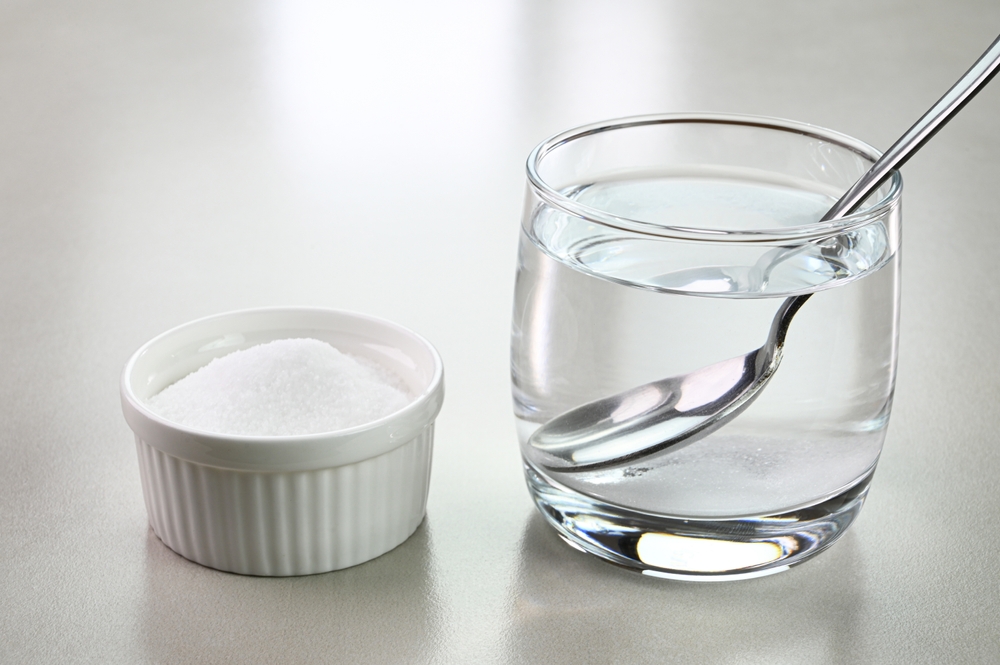
Chicago’s skyline may be shimmering, but the city’s lead pipes are a dirty secret. Thousands of homes still receive water through service lines made of lead, despite mounting evidence of health risks. The city has been slow to replace them, and there’s been little transparency about testing results. Meanwhile, residents—especially in Black and Latino neighborhoods—remain in the dark.
The issue isn’t just the pipes; it’s the politics. The city has faced lawsuits over its handling of water quality alerts. Replacement programs exist, but rollout has been glacial. In the meantime, families are left filtering their water and crossing their fingers.
9. Houston, Texas
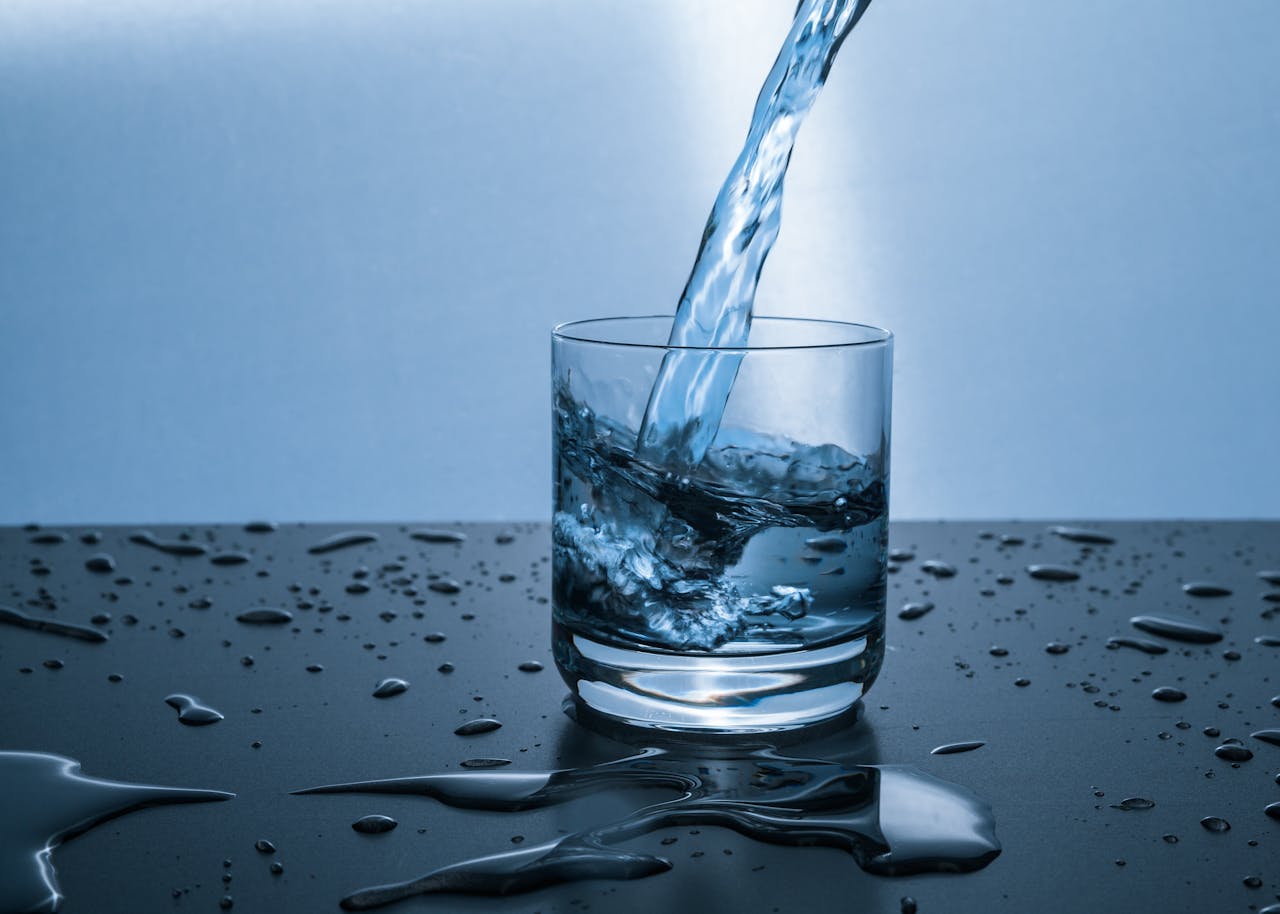
Houston’s water problems are vast and complex, just like the city itself. From chemical spills to bacterial contamination after storms, the water system is constantly under pressure. In 2021, a power outage left much of the city without clean water, a failure that echoed national headlines. But even on normal days, quality varies widely by neighborhood.
Environmental justice is a glaring issue here. Communities of color and low-income areas consistently report the worst water quality. Officials promise upgrades, but trust is thin. It’s hard to believe in promises when the pipes are still rusty.
10. Milwaukee, Wisconsin

Milwaukee’s water system has struggled with lead for years, especially in older homes. The city has more than 70,000 lead service lines—and while it has a replacement plan, the pace is frustratingly slow. Testing revealed that some homes had levels over the federal action limit, sparking worry and protest. Public trust took a hit that hasn’t fully recovered.
Community organizations have led the charge for faster action. But funding gaps and bureaucratic delays continue to stall progress. The problem isn’t new—it’s neglected. And Milwaukee residents are paying for that neglect with every sip.
11. Las Vegas, Nevada
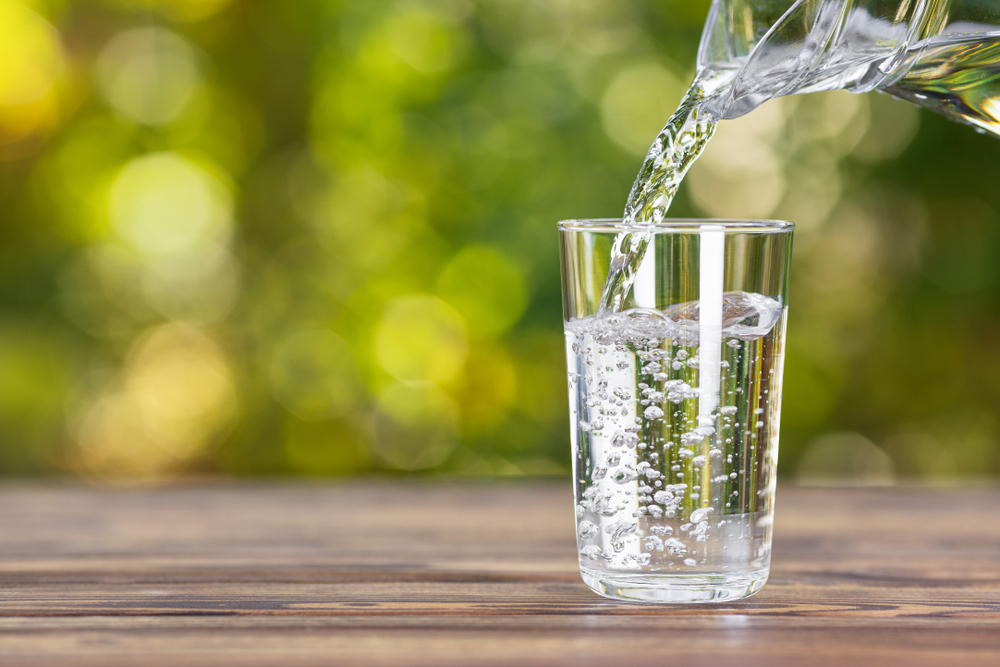
You’d think in a desert city, water would be treated like gold. But Las Vegas grapples with hard water, elevated levels of arsenic, and occasional chemical contamination. While not as headline-grabbing as lead, these issues still pose long-term health risks. The glitz of the Strip hides a more complicated reality for regular residents.
The city has invested in treatment systems, but concerns persist. Especially in older neighborhoods, infrastructure can’t keep up with growth. As Vegas expands, its water issues are becoming harder to ignore. Flash and filtration are not the same.
12. Birmingham, Alabama

Birmingham’s water system is a patchwork of aging parts and new promises. Frequent boil advisories and cloudy tap water are the norm in many neighborhoods. The city struggles to maintain consistent pressure and clarity, especially after storms or maintenance work. It’s not always dangerous, but it’s definitely not dependable.
Many residents no longer trust the water at all. And for those living paycheck to paycheck, bottled water is a burden they shouldn’t have to bear. Regulatory oversight has improved, but follow-through is spotty. What Birmingham needs isn’t a Band-Aid—it’s a rebuild.
13. Tucson, Arizona

In Tucson, PFAS chemicals—also known as “forever chemicals”—have been detected in alarming levels. These man-made substances, linked to cancer and developmental issues, entered the water supply from nearby military sites. The city has tried to contain the problem, but contamination persists. The name alone—“forever”—feels like a sentence.
The response has been technical, but not necessarily transparent. Residents want clearer communication and quicker action. Military-linked pollution has been a recurring theme in U.S. water issues, and Tucson is another chapter. Clean water shouldn’t have this many disclaimers.
14. Philadelphia, Pennsylvania

Philadelphia’s water infrastructure is like much of its charm: old, gritty, and prone to breakdown. Lead pipes are still common in many neighborhoods, and recent scares about contaminants like cryptosporidium and giardia have added to public anxiety. Despite official reassurances, trust is low. And when the water looks cloudy, it’s hard to believe the PR.
Equity is a major concern. The best water quality goes to the wealthiest ZIP codes, while others get leftovers. Philly is a city of neighborhoods—and not all are treated equally. A legacy of neglect runs deeper than the mains.
15. Norfolk, Virginia

Tucked away in coastal Virginia, Norfolk’s water issues are less about pipes and more about proximity. Sea level rise and saltwater intrusion are real threats to the area’s freshwater supply. Add in agricultural runoff and industrial waste, and the cocktail gets murkier. Climate change isn’t coming—it’s already in the faucet.
City officials are trying to adapt, but time is not on their side. As the coast shifts and storms intensify, water safety is a moving target. What worked ten years ago is no longer enough. Norfolk’s battle is against nature, and nature is winning.
Natasha is a seasoned lifestyle journalist and editor based in New York City. Originally from Sydney, during a stellar two-decade career, she has reported on the latest lifestyle news and trends for major media brands including Elle and Grazia.


